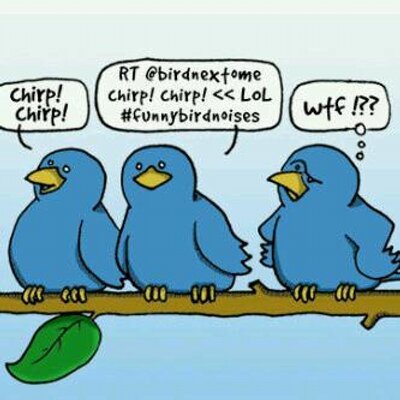The case of Banner Universal Motion Pictures Ltd v Endemol Shine Group Ltd & Anor concerned a TV gameshow called "Minute Winner", which was created by Derek Banner, the owner of Banner Universal Motion Pictures. Allegedly Mr Banner had disclosed a document detailing the format of the show to Friday TV (the second defendant in the matter), a Swedish TV production company at a meeting in 2005. Mr Banner also claimed that the defendants had misused confidential information to create and broadcast a show called "A Minute to Win It" in 2011, infringing on BUMP's rights in the format, breaching confidence in the same and passing off. The defendants contested the rights in the format document, that a breach of confidence claim was estopped due to a decision earlier by the Swedish courts and the passing off claim.
The Court first addressed the issue of whether the format document was a copyright protected work, specifically as a dramatic work under section 1 of the Copyright, Designs and Patents Act 1988.
As discussed, for example in SAS Institute Inc. v World Programming Ltd, a work has to be 'original', i.e. "…the work must be an expression of the author's own intellectual creation". This is assessed by looking at the whole of the work, not just its constituent parts, including both novel and non-novel parts. A dramatic work itself is defined as "…a work of action, with or without words or music, which is capable of being performed before an audience".
There has been some degree of case law on TV formats; however, only in the far-away land of New Zealand. The leading authority is Green v Broadcasting Corporation of New Zealand, where the New Zealand Court of Appeal considered that merely the idea of a TV format is not sufficient to be a dramatic work protected by copyright. This was in that "…because [the format] could not be acted or performed, being no more than a general scheme for a proposed entertainment", and "…in what way the underlying idea has been distilled out and translated into an expression thereof in a material form sufficiently identifiable to be copied". Due to this lack of tangible expression, bar an idea, leaves the subject matter unclear and therefore not protectable.
| Brad was truly captivated by the TV format |
The second matter was of breach of confidence. Having considered the principles of estoppel and res judicata, Justice Snowden determined that the action would fail due to Mr Banner being estopped from pursuing the claim as it is res judicata or an abuse of process. The legislation in the UK and Sweden is sufficiently similar so as to not require further determination.
Finally, the Court considered the matter of passing off. As discussed in Starbucks (HK), to establish a claim under passing off the claimant has to "…establish that it has actual goodwill in this jurisdiction, and that such goodwill involves the presence of clients or customers in the jurisdiction for the products or services in question". Even without a physical presence in the country it is possible to have goodwill. Justice Snowden swiftly dismissed this argument, as Mr Banner never had any customers in the UK who purchased the rights to the TV show. He did have a website displaying his formats, but the TV show in question was only one of several on that site, and it was nonetheless one of many sent to ITV by email after the meeting in 2005. No goodwill was therefore established in the UK, and the passing off claim failed.
The case has opened the door for claims on TV show formats, but clearly sets a high threshold to establish actual rights in that format. As no UK authorities have dealt with this subject matter, the case is a welcome one, even though the matter is a very niche one. A good TV show format is still very valuable, and protection should be offered, but not willy-nilly.
Source: IPKat


